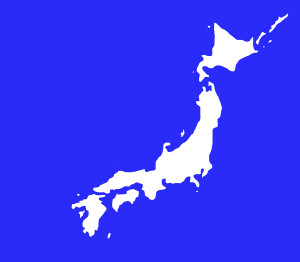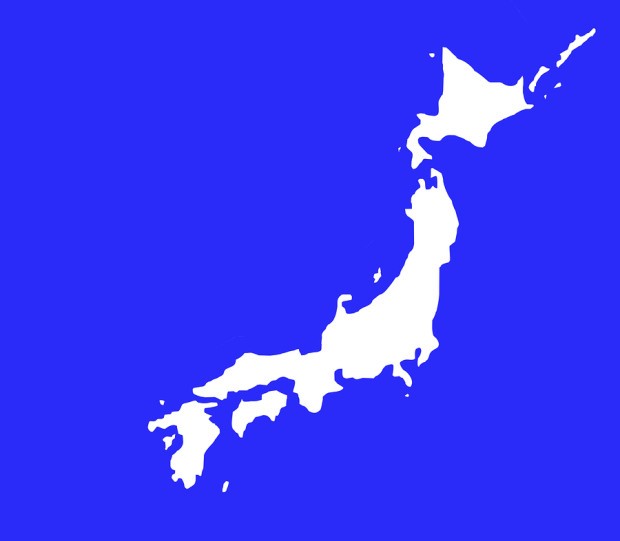 Typhoon Lionrock made landfall in Japan the evening of Aug. 30, carrying the intensity of a Category 1 hurricane. It hit the same area where a massive earthquake and tsunami in 2011 caused death and devastation, and damage to the Fukushima Daiichi nuclear power plant.
Typhoon Lionrock made landfall in Japan the evening of Aug. 30, carrying the intensity of a Category 1 hurricane. It hit the same area where a massive earthquake and tsunami in 2011 caused death and devastation, and damage to the Fukushima Daiichi nuclear power plant.
Lionrock made landfall in the Tohoku region of Japan, about 310 miles northeast of Tokyo. It was downgraded to a tropical storm as it moved inland, and is the fourth typhoon to make landfall in Japan in 2016, catastrophe modeling firm AIR Worldwide said in its latest advisory.
The storm caused coastal flooding, brought down power lines and left as many as 10,000 homes without power, Anna Trevino, senior scientist at AIR Worldwide, said in prepared remarks.
Lionrock is expected to cause much greater damage “from the inundating rain than wind,” Trevino said. By Wednesday morning, Trevino noted, some parts of the Tohuku region are expected to receive as much as 14 inches of rain, a total much higher than the area typically gets in a month.
There have already been problems. AIR Worldwide noted that landslides have shut down roadways and hampered travel, and more could still occur.
The storm has already caused large levels of disruption, with 170,000 people proactively evacuated, the discontinuation of some bullet train services, and the cancellation of more than 100 regional flights.
As far as the Fukushima Daiichi Nuclear Power plant, AIR Worldwide noted that Tokyo Electric Power Co. operates the damaged plant, and is in the process of stabilizing equipment and monitoring groundwater levels/seawater quality.
Japan has done plenty, however, to try to mitigate potential losses. AIR said that Japan has strict construction codes that are well-enforced, though many structures predate the codes. One risk: residential exposures, because most residential buildings are made of wood. While Japan’s steel and concrete residences resist damage, roof coverings and windows are still vulnerable, which leaves open the possibility of wind-driven rain and wind-borne debris.
On the industrial side, Japan’s buildings are generally non-engineered light metal construction, and AIR Worldwide said they are susceptible to high winds.
In Japan, fire insurance policies typically cover wind damage, but not flood damage, AIR Worldwide said.
AIR Worldwide is a Verisk Analytics business.
Source: AIR Worldwide





















 California Workers Comp Combined Ratio for 2024 Highest in 20-Plus Years
California Workers Comp Combined Ratio for 2024 Highest in 20-Plus Years  NOAA Announces Latest AI-Driven Global Weather Models
NOAA Announces Latest AI-Driven Global Weather Models  Nearly Half of 100 Largest P/C Insurers Destroy Value: ACORD
Nearly Half of 100 Largest P/C Insurers Destroy Value: ACORD  Underwriter, Actuary Fears of AI Drop; Work Needed on Collaboration
Underwriter, Actuary Fears of AI Drop; Work Needed on Collaboration 




